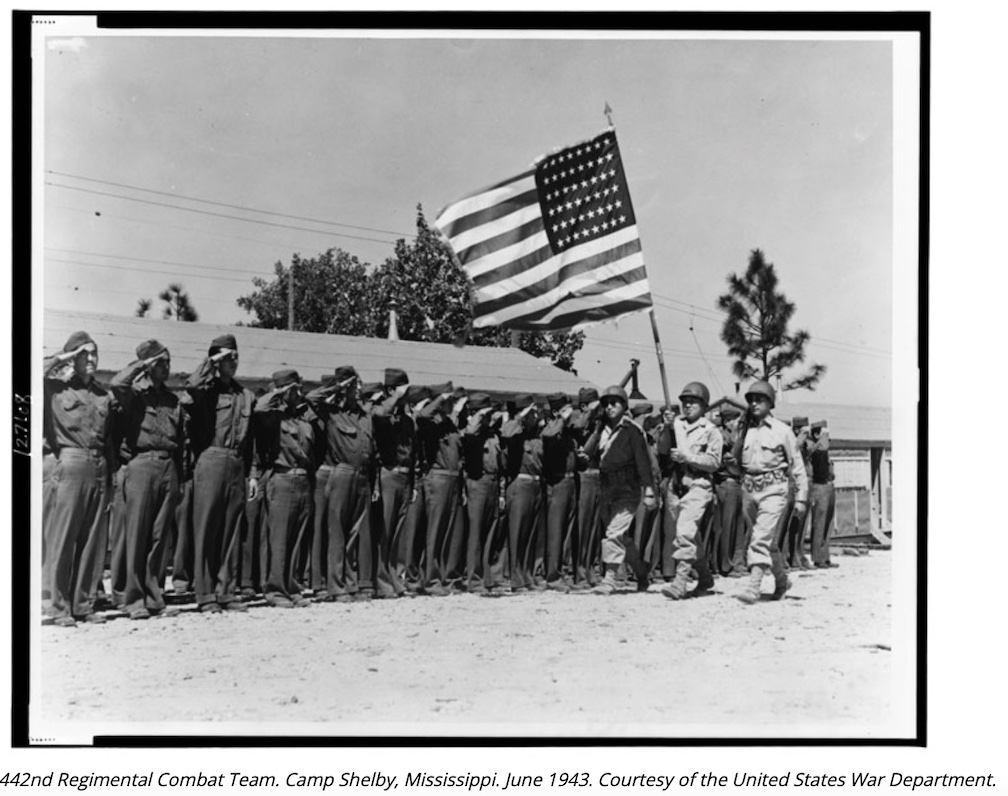By TIM BARTO
A couple decades ago, my wife and I took our children to Hawaii to attend a wedding on my wife’s side of the family. Born and raised on Oahu, my wife is an ethnic conglomeration of Japanese, Okinawan, and Filipina; a “poi mix,” as she calls it in her occasional pidgin recollections.
We’d been married several years by that time, and I’d done my job bringing some really cute hapa-haole grandchildren into the family lineage, so I was feeling pretty confident as we attended a post-wedding get-together at one of my in-laws’ house.
The ladies gathered in the family room while the men sat at the kitchen table. This was my first gathering among so many in-laws, and I felt privileged to be hanging out with the fellas. I had made it to the inner sanctum. My wife’s 80-year-old grandmother, Baban, was following tradition by staying in the kitchen and serving pupus and drinks to the men.
Reaching into that confidence, I thought I would conduct some family history research. As I am wont to do with anyone of the World War II generation, I asked Baban, “What was it like being Japanese here during the War?”
Silence.
The male in-laws looked at each other and started to smile. Had I made a social faux pas? Did I broach sensitive territory? Were fists going to be thrown
After about three or four seconds, Baban spun around, hot frying pan in one hand and an accusatory finger pointing at me with the other.
“I not Japanee. I Okinawan!”
Snickers from my in-laws preceded a five minute lecture on the difference between Japanese and Okinawans, with emphasis on how the Japanese subjugated the Okinawans for far too long. Baban, it turns out, had left Hawaii to visit relatives in Okinawa. But that was December of 1941, so she was unable to return to the United States until after the War ended. She spent those four years in Japanese-occupied Okinawa.
This four-foot-nine-inch octogenarian put her ignorant “haole” grandson-in-law in his place. Lesson learned.
Sort of.
A few nights later, we were at my father-in-law’s backyard for a barbecue, and his father, Sugar, joined us. Changing my tactic slightly, I asked Grandpa Sugar what he did during the War.
Sugar, who’d had a couple beers, followed by a few beers, and was now working on several beers, looked down and waved his hand toward me. “Ah, nothing much.”
Being a glutton for punishment, I pressed on. “Come on, Grandpa, I want to know the family history. What did you do during World War II?”
Again, he waved me off. Then he took a long swig from his can of beer and said, “I was with the 442nd.”
My eyes grew wide, and chills ran up my arms. Hell, chills are running up my arms as I’m typing this. My grandfather-in-law served in the all Japanese-American 442nd Regimental Combat Team, the most highly decorated American unit of its size during the War!
I looked to my wife and her brother, and they were concentrating on the kalbi and spam musubis. Maybe they were tired of hearing these old war stories. “You guys knew this? Why didn’t you tell me?” I asked.
“What was the 442nd?” they wanted to know. Amazingly, these grandchildren of a Nisei soldier never learned the phenomenally unique story of what their relatives did during World War II.
They have now. And so do my children. They should know what courage and honor are, and how an ethnic group served this great country even while many of that same ethnic group had their homes and livelihoods taken away from them simply because they belonged to that ethnic group.
This was not theoretical prejudice. This was blatant and it was instituted by the federal government. Yet, despite the unfairness of it all, brave men proved their mettle and their loyalty as American citizens, and humbly and with great honor, fought, bled, and died for their country.
Tim Barto is vice president of Alaska Policy Forum, and still pesters members of The Greatest Generation about what they did during the War.
Read more about the 442nd at this link:
https://www.goforbroke.org/learn/history/military_units/442nd.php

Funny. Like……..I’m not from New York, I’m from the Bronx.
It is a timely reminder during this Era of Joe Biden mandates to reflect upon the horrible actions taken by the Federal Government against people of Japanese ancestry during WWII . Beyond that though it is important to honor the courage and determination of the brave young men of the 442 nd. These fellows had something to prove , and in so doing were an inspiration for us all. I was privileged in life to have known some of these men.
I went to grade school, college and graduate school with the children of these Americans. I view Franklin Roosevelt as our most odious President and that extends to many of his Administration. And yes, that includes Nixon and Trump, if anyone wants to discuss it.
Tim,
I knew a 442 veteran in Kealakekua, Hawaii. His family had immigrated from Japan in the early 1900’s. They established a hotel that is there today (4th or 5th generation). Like those in your story, he never seemed to talk about WWII or his experiences. A quiet gentleman, but one very involved in his community.
As an Alaskan who attended a few years of college at the University of Hawaii, I took interest in the history of the 442. I even had an opportunity to meet the late US Senator Daniel Inouye (Hawaii-D). He only had one arm. He explained to a small group of us that he lost his arm as a 442 US Army Infantryman during combat in Italy. Three of his best friends, later in life, were US Senators John McCain, Ted Stevens, and Bob Dole. The latter also lost his arm in WW2 combat. All, great Americans who ACTUALLY served their country.